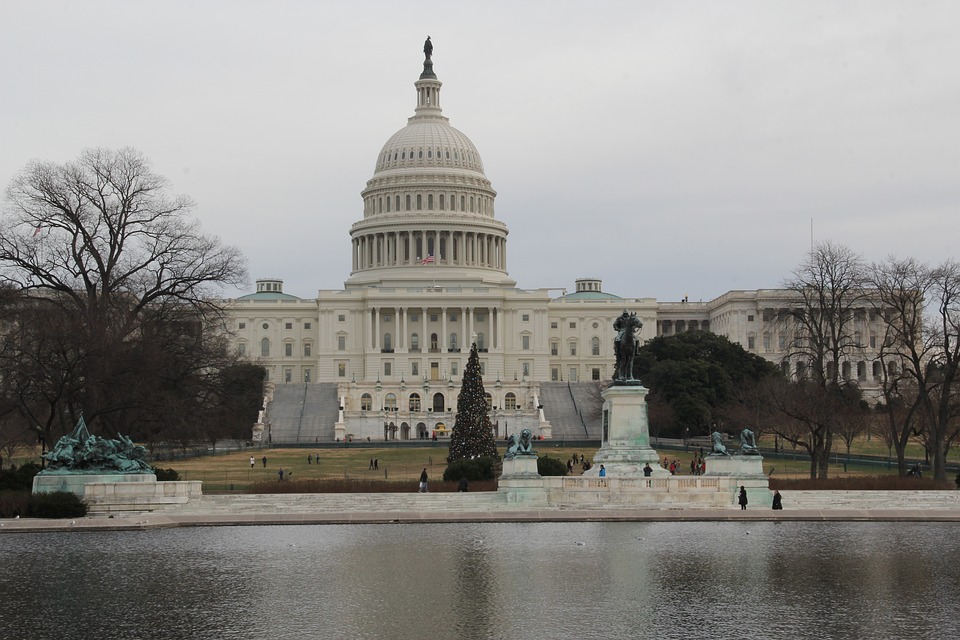Originally podcast May 30, 2019.
Best of Pedalshift 166: DC to Cincinnati – Great Allegheny Passage
The post Best of Pedalshift 166: DC to Cincinnati – Great Allegheny Passage appeared first on Pedalshift.
Originally podcast May 30, 2019.
The post Best of Pedalshift 166: DC to Cincinnati – Great Allegheny Passage appeared first on Pedalshift.

$99.00

$329.00

$29.00

$59.00

$59.00

$30.00

$10.00

$10.00

$10.00
The post The Pedalshift Project 271: Route Scouting Texas Hill Country appeared first on Pedalshift.
On this episode we’ll share some tips for 501(c)(4) organizations, those nonprofits the IRS calls Advocacy or Social Welfare Organizations. Whether your public charity has an affiliated 501(c)(4) or you work for a stand-alone 501(c)(4), these nonprofits must provide the IRS and the public with their financial and programmatic information annually. And we’re going to talk about how c4s can comply with the IRS requirements, some of the new developments that allow for protection of donor disclosure, and some of the information we, the public, can glean from these reports.
Attorneys for this episode: Quyen Tu, Tim Mooney, and Leslie Barnes
Key Takeaways:
Resources:

$99.00

$329.00

$29.00

$59.00

$59.00

$30.00

$10.00

$10.00

$10.00
The post The Pedalshift Project 270: Winter Fitness and Bike Maintenance appeared first on Pedalshift.

$99.00

$329.00

$29.00

$59.00

$59.00

$30.00

$10.00

$10.00

$10.00
The post The Pedalshift Project 269: 2022 Bike Touring Goals appeared first on Pedalshift.
On this episode of the pod, we’re going to walk you through the types of information you can get from a 990. You’ll hear how that information is helpful to a variety of individuals including: a new Executive Director, board members, the press, staff, job applicants, donors, and more.
Our Attorneys for this Episode
Shownotes
As a reminder, this episode is just about the tax filing to the federal government (the 990) at the end of your fiscal year. Each state may also require a nonprofit public charity to file other types of forms, perhaps a copy of the 990, or some other tax filing. So make sure if you’re a staff person that you work with your bookkeeper to understand all the end of the year filings you need to provide.
Resources

On this one year anniversary of the attempted coup in the US, it’s worth mentioning I wrote a piece on the role nonprofits can take in advocating for an appropriate response by Congress and even the DOJ. A snippet:
The endgame of presidential elections used to be pretty straightforward. Congress plays a more-ceremonial-than-substantive role counting each state’s certified electoral college delegates. The candidate who won more than 270 electoral votes officially wins and the new President gets sworn in on January 20th. But was, of course, very different. The false rhetoric claiming the historically well-run election was “stolen,” led to the failed, but nonetheless deadly, January 6th insurrection. Now, Congress is seeking out why this happened and who was behind the effort. Nonprofits have a role to play in the investigation and the response to the revelations.
Read Nonprofits’ Role in January 6th Investigations and Response at Bolder Advocacy.
Originally podcast May 23, 2019.
The post Best of Pedalshift 165: DC to Cincinnati – C&O Towpath appeared first on Pedalshift.

$99.00

$329.00

$29.00

$59.00

$59.00

$30.00

$10.00

$10.00

$10.00
The post The Pedalshift Project 268: 2021 Holiday Award Show Spectacular appeared first on Pedalshift.
On this episode, we begin looking forward to 2022 and what is sure to be an exciting year to come. Whether your nonprofit is gearing up for midterm elections, legislative advocacy, or administrative activism, there are several steps you can take to prepare your team NOW. That is why we present you with our TOP 10 nonprofit New Year’s Resolutions.
Our Attorneys for This Episode:
Natalie Ossenfort Tim Mooney Leslie Barnes
Show Notes:
Resources:
Accountability Advocacy for 501(c)(3)s
Accountability Advocacy for 501(c)(4)s
Is It (c)(3) Compliant? – Decision tree for election-year activity
Maximizing Your Advocacy Supporting Documents
Public Policy in the Digital Age: The Law of Online Lobbying & Election-related Activities